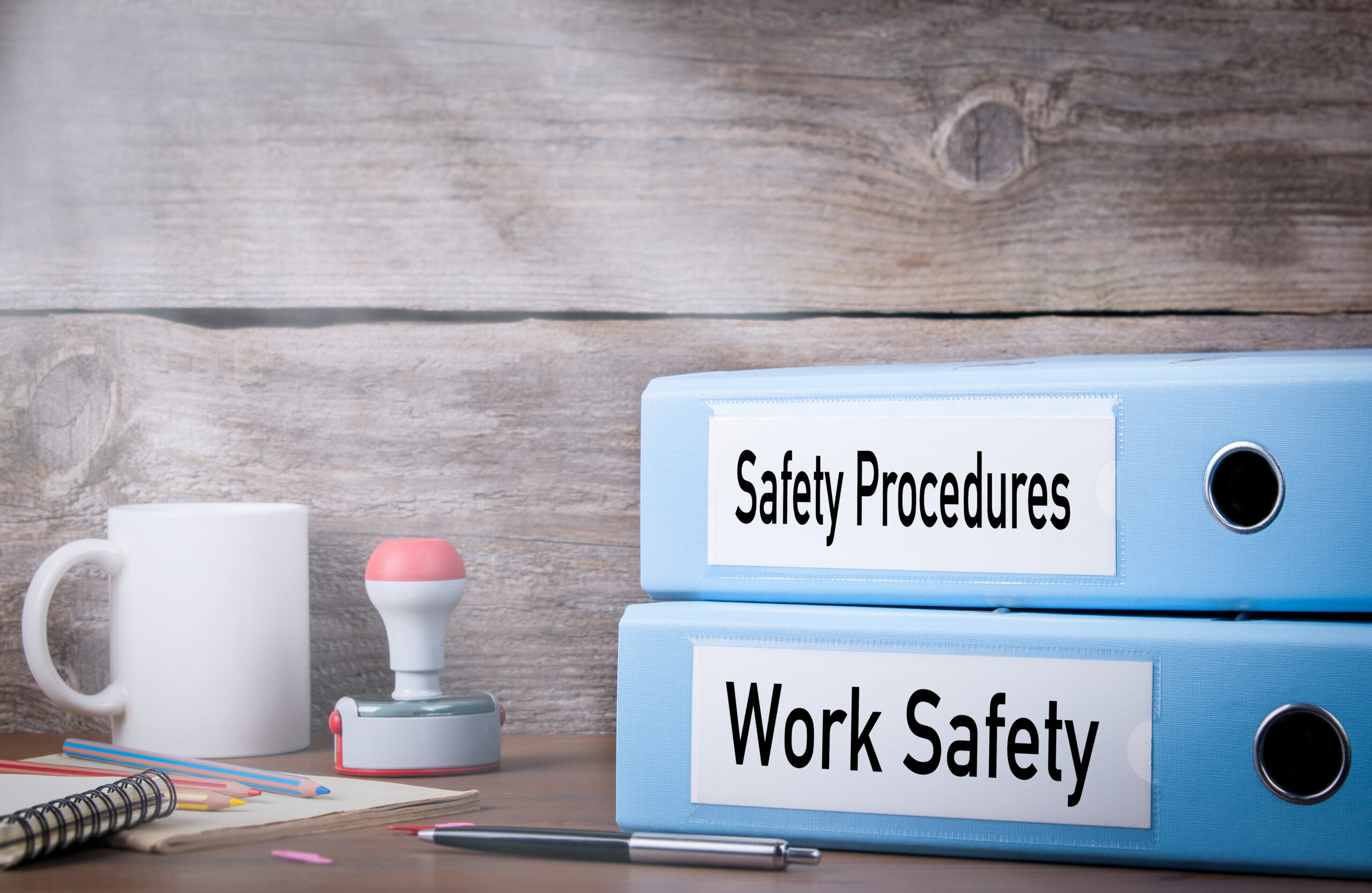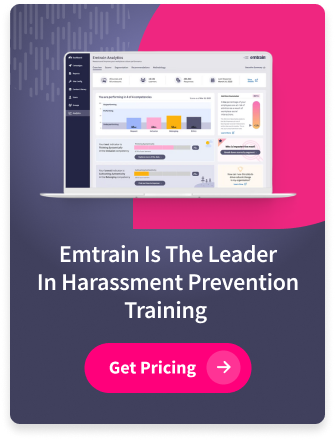Emtrain Releases 2026 Annual Workplace Culture Report
The modern workplace isn’t just changing—it’s being completely rewritten. Between AI’s rapid integration, widespread job uncertainty, political division, and shifting employee expectations, organizations are navigating uncharted territory. The question isn’t whether your workplace culture will be affected, but whether you’ll be prepared for what’s coming in 2026.
We analyzed 48 million employee sentiment responses to understand what’s really happening beneath the surface. What we found should concern every leader who cares about performance, innovation, and retention.
Four Critical Trends Reshaping Workplace Culture
1. Political Polarization & the Empathy Recession
We’re witnessing once-in-a-generation dynamics: the collision of external political tensions with internal workplace dynamics. The result? A nearly 10% increase in observed conflict due to social or political tensions between co-workers, and an increase in insensitive remarks. An “empathy recession” is underway, with less understanding and connection between colleagues.
What this means for you: Teams that once collaborated seamlessly are now navigating invisible fault lines. The ability to work across differences—once a nice-to-have—is now mission-critical.
2. Innovation’s Silent Killer: Eroding Psychological Safety
Here’s the paradox: organizations desperately need innovation to stay competitive, yet the conditions that enable innovation are deteriorating. Data shows that employees don’t feel safe speaking up, sharing ideas, or challenging the status quo. Each of these behaviors are integral to innovation and successful business transformations.
The data tells the story: Psychological safety—the foundation of high-performing teams—is under significant pressure. In an era demanding rapid adaptation, this couldn’t come at a worse time.
3. A Silver Lining: Return to Accountability
Not everything is trending downward. We’re seeing a notable improvement in workplace accountability—a back-to-basics approach that’s gaining traction.
Why it matters: Clear expectations, consistent follow-through, and measurable outcomes across all areas of business compliance and ethics have made a comeback. This foundational element provides stability amid broader uncertainty.
4. Leadership Crisis: Overwhelmed and Underprepared
Perhaps most concerning is the state of leadership itself. Managers are drowning in competing priorities while simultaneously lacking the skills needed for this moment: conflict resolution, struggling with team conflict, and change management.
The reality check: We’re asking leaders to navigate unprecedented complexity without giving them the tools to succeed.
Three Strategies to Turn the Tide in 2026 for Workplace Culture
The challenges are real, but they’re not insurmountable. Organizations that act now using these three strategic actions can transform these headwinds into competitive advantages.
Strategy 1: Invest in Leadership Development (Finally, Seriously)
Training can’t be an afterthought anymore. Your managers need immediate, practical development in conflict resolution, coaching through change, and empathetic leadership.
The key: Make these skills measurable. What gets measured gets managed.
Strategy 2: Monitor and Manage Organizational Risk Proactively
Waiting for problems to surface is too late. Implement systems that track leading indicators—the early warning signs of cultural breakdown.
Think of it as preventive medicine for your organization. The goal isn’t just responding to incidents; it’s avoiding them altogether.
Strategy 3: Rebuild Psychological Safety to Unlock Innovation
Creating space for idea-sharing and feedback isn’t soft skills territory—it’s business survival. In a rapidly changing landscape, the organizations that can tap into their collective intelligence will outpace those that can’t.
The Bottom Line: Crisis or Catalyst?
We’re at an inflection point. The data from 48 million employee responses paints a clear picture: workplace culture in 2025 is under strain.. But here’s what separates organizations that will thrive in 2026 from those that will struggle: action.
The gap between knowing and doing has never been more costly. Every day without investment in leadership capability, cultural monitoring, and psychological safety is a day your competitors might be pulling ahead.
The organizations that emerge stronger will be those that recognize this moment for what it is: not just a challenge to weather, but an opportunity to fundamentally strengthen the foundation of how they work.
Ready to Transform Your Workplace Culture?
Don’t wait for the warning signs to become crises. The insights from our 2026 Workplace Culture Report can help you understand where your organization stands and what actions will have the greatest impact. See how Emtrain clients reduce risk by 25% in just one year.








